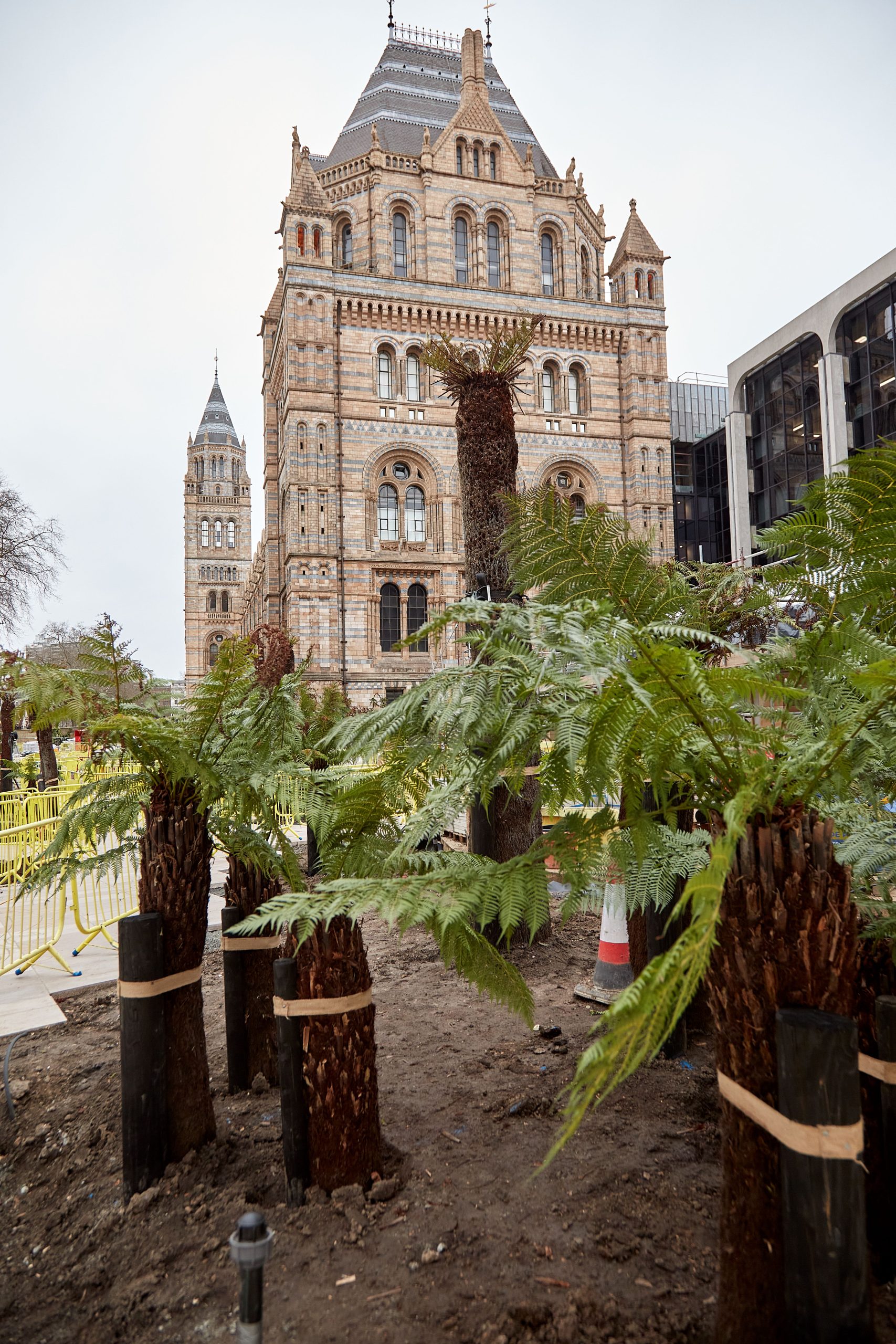The issue of biodiversity loss has been driven increasingly higher up the property industry agenda by a mixture of legislative pressure, market forces, investor concern and client demand. This is driving companies towards identifying and reporting on their environmental and social impacts, including biodiversity. Hence, we’re searching for official building biodiversity rules.
By embracing sustainable practice, the property industry has an opportunity to lead the discussion, working together to ensure the future of UK biodiversity.
The Dasgupta Review
Released in February 2021, The Economics of Biodiversity: The Dasgupta Review calls for nature to be valued as an asset, just as produced capital (roads, buildings and factories) and human capital (health, knowledge and skills) are viewed as assets. The report, which was commissioned in 2019 by HM Treasury and will inform legislation, has been supported by an advisory panel drawn from public policy, science, economics, finance and business. It calls for a financial system that channels financial investments – public and private – towards economic activities that enhance the world’s stock of natural assets, encouraging sustainable consumption and production activities. Governments, central banks, international and private financial institutions, says the report, all have a role to play.
Environmental aspects of the UK-EU Trade and Cooperation Agreement
The UK-EU Trade and Cooperation Agreement (TCA), signed on 30 December 2020, sets the framework for future collaboration between the UK and the EU in key areas, including the environment. The UK and EU have committed not to lower the overall level of environmental protection and climate protection in a way that impacts trade or investment. There are specific commitments in terms of greenhouse gas reductions and maintaining a system of carbon pricing.
Boris’s Ten Point Plan for a Green Industrial Revolution
In November 2020, PM Boris Johnson’s ten-point environmental plan included protecting and restoring the natural environment, including a pledge to plant 75,000 acres of trees every year, along with developing new green technology and making the City the new “global centre of green finance”.
Johnson has said he wants to use the G7 Summit in June and COP26 climate talks in November, both being hosted in the UK, to “build back better” from the coronavirus pandemic and “create a greener, more prosperous future”. the regulatory and legislative outlook, and how it affects the property industry.
Biodiversity Net Gain
Biodiversity Net Gain is already part of the National Planning Policy Framework (NPPF), although there is no specified percentage for the gain. The aim is to restore and enhance nature through “biodiversity net gain” ensuring that new developments are delivered in a way which protects and enhances nature, delivering thriving natural spaces for local communities. This requirement is already being met or surpassed by several market leaders. And with a number of local planning authorities looking to achieve improvements of 20%, green initiatives need to be at the heart of developers’ plans.
The forthcoming Environment Bill
The addition of nature to the built environment is set to become a long-term legally binding national planning requirement under the forthcoming Environment Bill (currently going through the parliamentary process and expected to receive Royal Assent in mid-2021). New developments will be required to enhance biodiversity by a mandatory 10%, a net gain requirement change expected from 2022/2023. This net gain will be required to be maintained for a period of at least 30 years, although it is thought that developers will have the option of off-site projects within registered habitat banks. Other aims of the Bill include targets on air quality, water-flow control and outdoor recreation. It contains a number of provisions which will affect regulated businesses and its progress should therefore be closely monitored to ensure continued compliance.
The London Urban Greening Factor
The Urban Greening Factor (UGF) is a major policy initiative within the London Plan. It is intended to guide boroughs on the amount of greening in major developments. The aim is for more than 50% of London to be green by 2050. This will be achieved through planted roofs and walls, street trees, parks and gardens, forming a green infrastructure network, helping to control pollution, reduce flood risk and cool the city, reducing urban heat-island effect.


